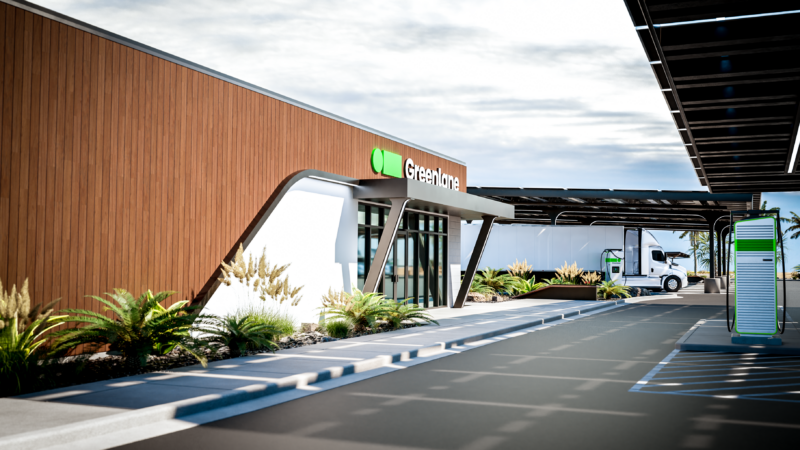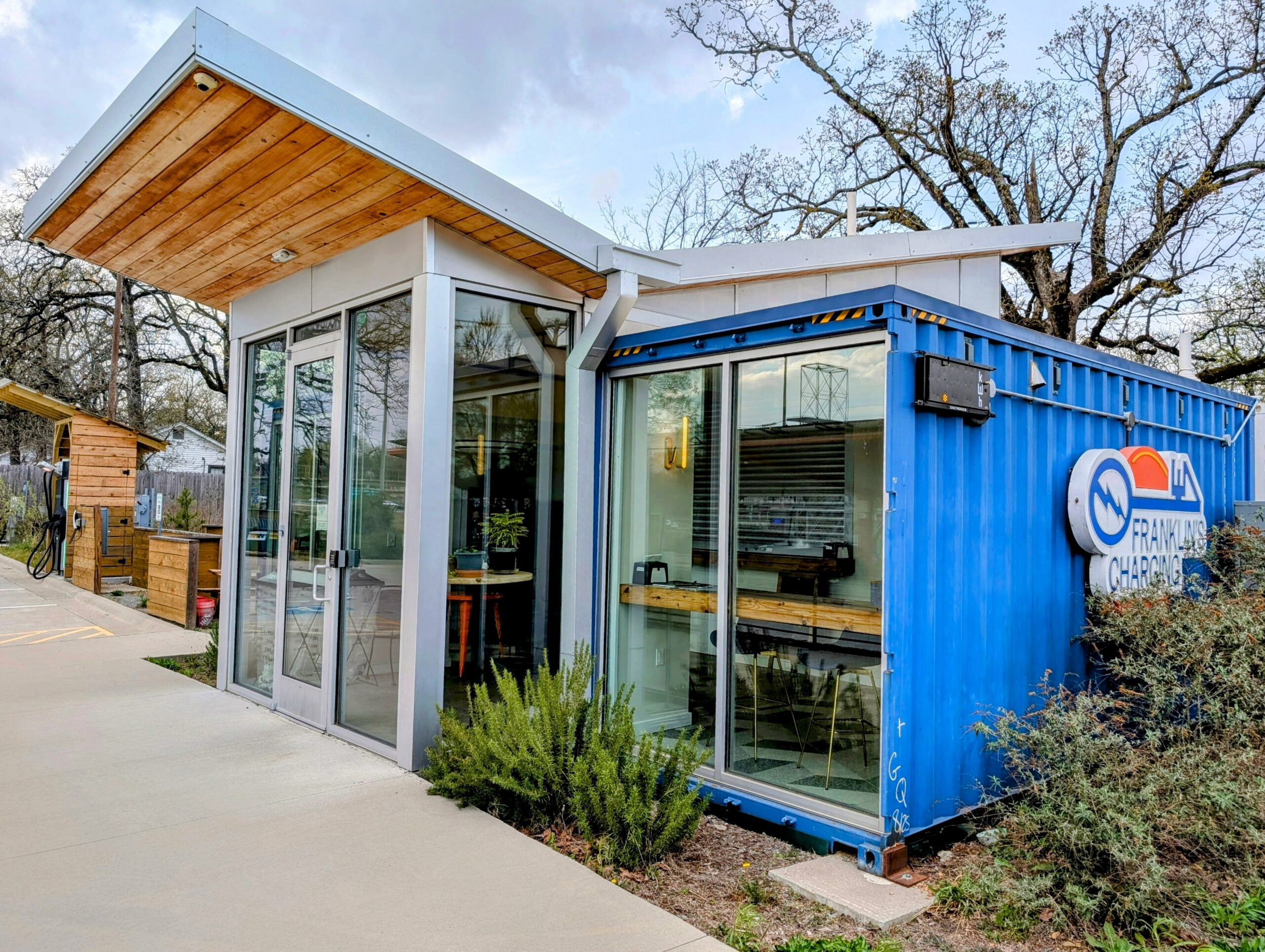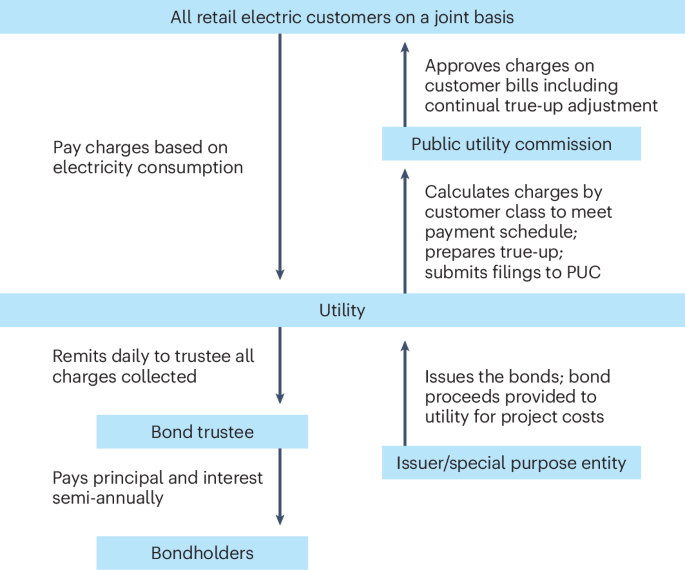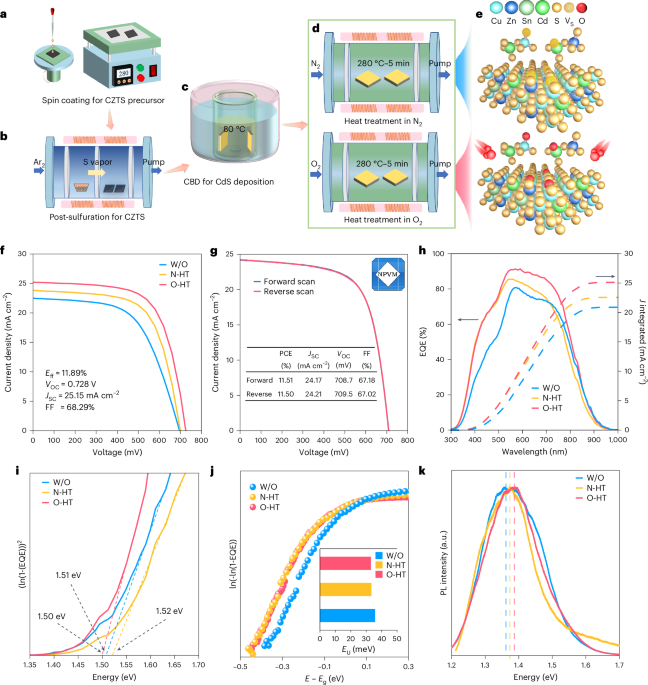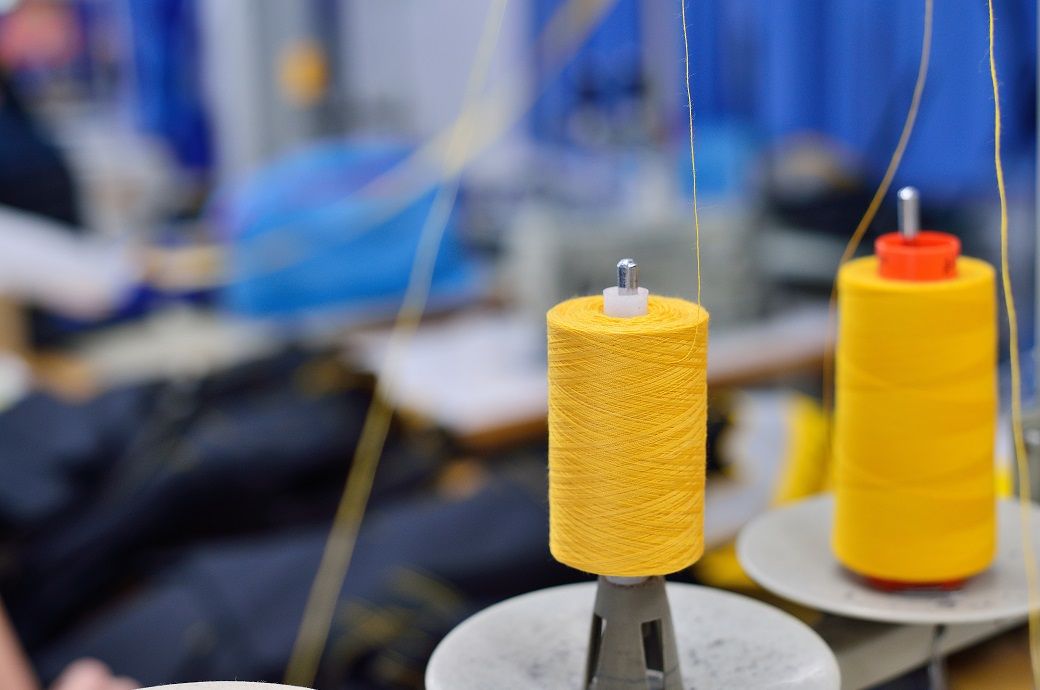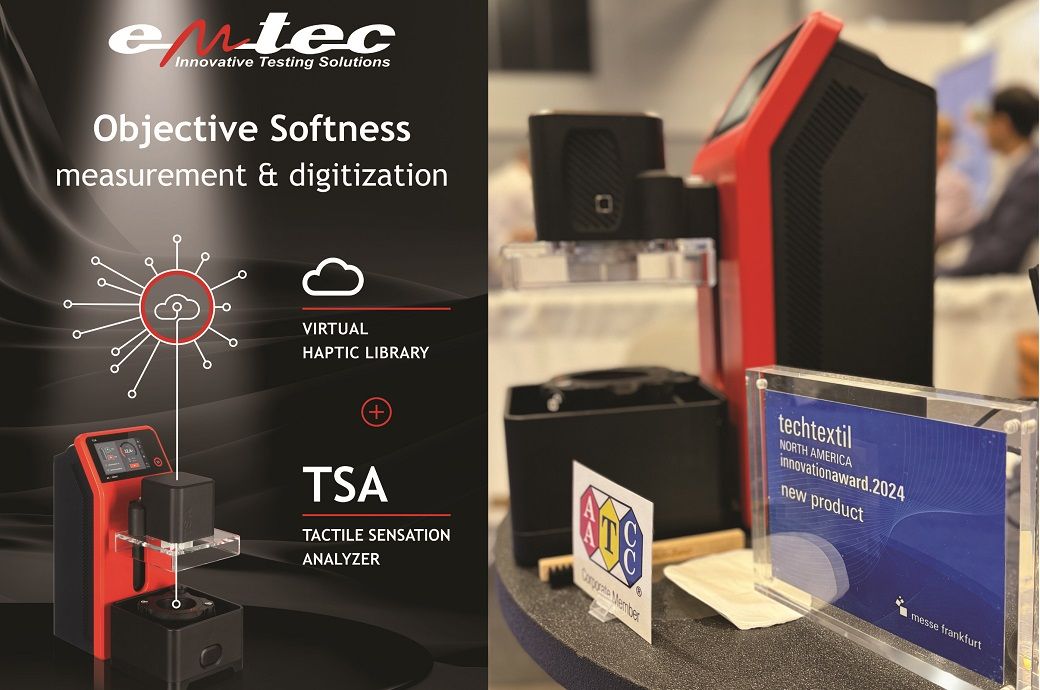Multifunctional Polyol Electrolyte Design toward Long Lifespan Aqueous Zinc‐Ion Batteries
Advanced Energy Materials, EarlyView.

In this work, polyols are employed as multifunctional additives in aqueous zinc-ion battery electrolytes. By precisely regulating the zinc-ion solvation structure, reconstructing the hydrogen bond network of the electrolyte, and rapidly forming a solid electrolyte interphase (SEI) on the zinc anode, corrosion and passivation are mitigated, anode reversibility is improved, and the battery's cycling performance is significantly enhanced.
Abstract
Aqueous zinc batteries have garnered significant attention due to their inherent safety and low cost. However, its large-scale application is still hindered by critical challenges such as interfacial corrosion, hydrogen evolution reactions, and the formation of by-products. To address these issues, this study introduces polyol (2-hydroxymethyl-1,3-propylene glycol)(2H13P) in ZnSO4 electrolyte as solvation structure regulator, which not only regulates the Zn2+ solvation structure to achieve rapid desolvation kinetics but also promotes the in situ formation of a dense zincophilic organic layer, effectively isolating the side reaction occurred on Zn anode. Consequently, the Zn-based battery demonstrates exceptional reversibility, maintains a remarkably high CE of 99.7% after 700 cycles. Furthermore, the Zn||Zn symmetric cell achieves an impressive cycle life of 4700 h at a current density of 1 mA cm−2 and maintains stability for over 400 h with high depth of discharge of 42.47%. In addition, the 2H13P can effectively suppress polyiodide ion shuttling in Zn-I2 battery, enabling remarkable capacity retention of 96.0% over 12 000 cycles at 10 C and 94.5% over 48 000 cycles at 25 C. Additionally, the pouch cell demonstrates a decent lifespan of 300 cycles at 1 C, highlighting its unlimited potential for practical applications.



















































































































